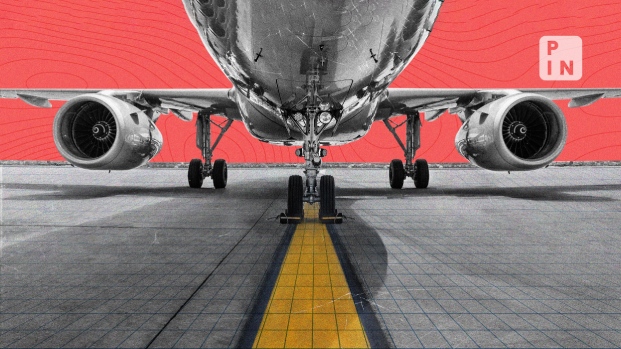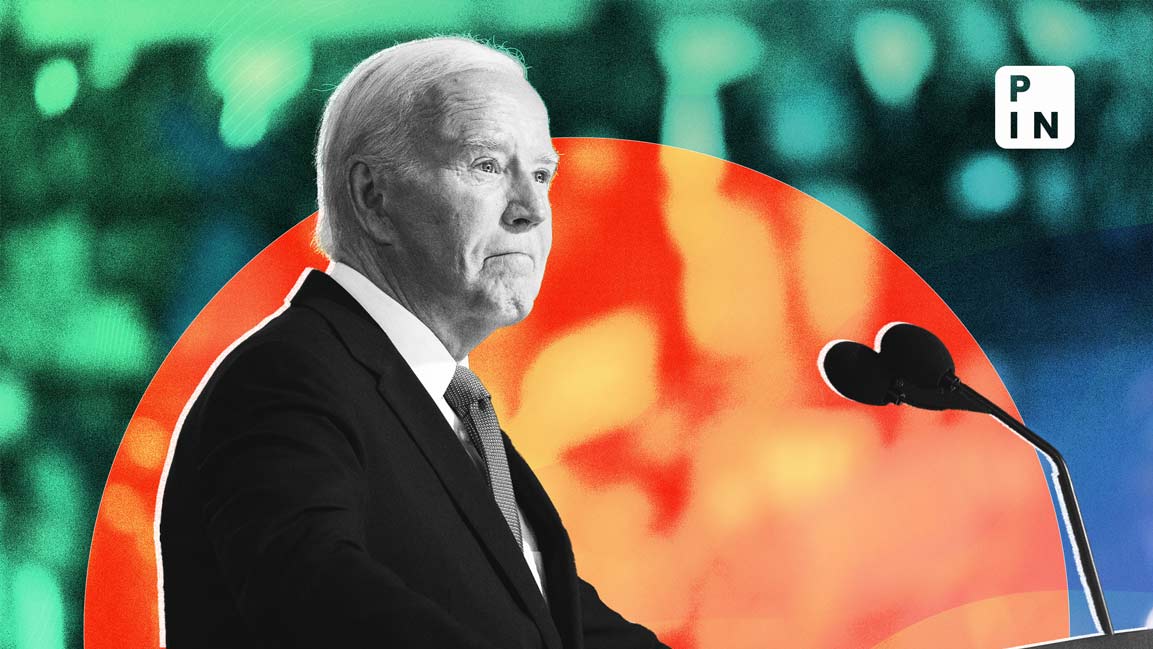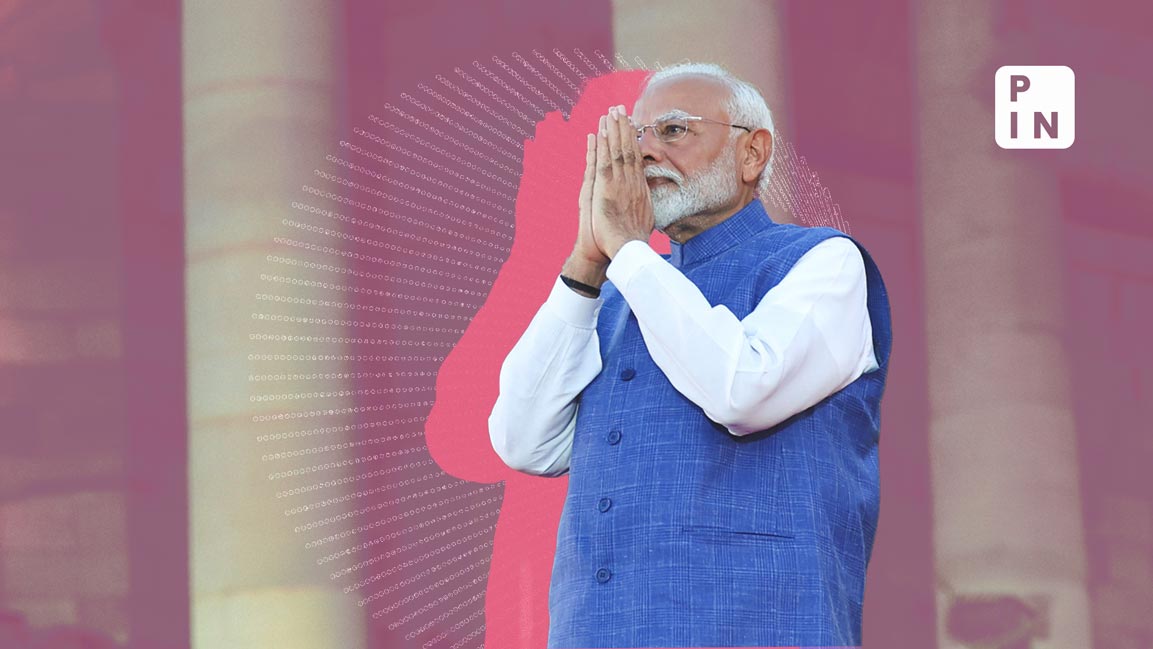- | 1:16 pm
India’s aviation industry is challenging. Where have the promoters gone wrong?
The operational environment for airlines in India is undoubtedly challenging, but we also need to look at the role of promoters and how they have managed their companies

Every time an airline in India collapses – and there have been numerous instances – those associated with the industry invariably rush to pass judgment: the Indian market environment is challenging, price-sensitive, and has high operational costs, hence it is not conducive for profitable operations. The argument is buttressed by the assertion that nearly two dozen airlines have been consigned to the graveyard in the three decades since the government allowed private carriers to operate in domestic skies.
The reasoning has been articulated so often, so vigorously, and by so many people that it has begun to sound both plausible and convincing. However, this prognosis, bereft of any scientific analysis, has often led to the obscuring of the real reasons behind the demise of airlines. The role of promoters, specifically the fact that they never allowed their respective failed airlines to be managed by professionals, has never been questioned. It has also never been debated whether the business model followed was compatible with Indian market requirements.
There are other underlying questions. For example: Did the promoters get a sense of impending disaster before the tragic moment of collapse actually arrived? Did the promoters’ adamancy of continuing to exercise control ruin the prospects of survival under a new investor?
Promoters’ lack of experience
The lack of experience among promoters is another factor that has been overlooked. IndiGo, for instance, has been operating in the same market environment and has been both successful and profitable. So, what is it that IndiGo has done right and others haven’t? IndiGo’s foundation was laid by Rakesh Gangwal, an airline professional who had earlier headed US Airways, as a co-promoter along with Rahul Bhatia. The distinction becomes apparent when one finds that none of the other promoters had any significant airline experience.
The reality is that all airlines that have bitten the dust have had their own story of debacle, albeit with a few similarities. Most airlines that collapsed in the first ten10 years of skies being opened up to private entities were those that acquired licenses for operating an airline without having any experience in aviation. Their short-lived tryst with the airline business was thus understandable and cannot be attributed to systemic or operational environment failure. This initial decade can thus be described as a forgettable chapter in Indian aviation history.
It may come as a surprise, but the reality is that the past two decades have seen relatively greater stability. Instances of airline collapses have all made big news, and hence are fresh in public memory.
From Kingfisher to Go First, the failure of the promoters
Let’s begin with Go First, the latest airline to suspend flights. Go First attributed its temporary suspension of operations, if it can be called that, to a lack of engine supplies by Pratt & Whitney for over three years, which eventually led to the grounding of more than half of its fleet. However, not many people accept this reasoning because the reality is that the airline had been incurring losses and defaulting on payments to various vendors, including aircraft lessors.
While these factors will be remembered, no one will mention the role of the promoter, the Wadia family. Go First was never allowed to have stable top management – more than seven individuals have held the position of CEO in its 18 years of existence. The Wadias are now looking for investors who can infuse money to revive operations. Why did they start seeking investors only after the airline was grounded and not earlier?
Jet Airways, which ceased operations in early 2019, was deemed a successful airline with an excellent product and a wide domestic and international network. The first signs of financial problems emerged when it sold a 24% stake to Abu Dhabi-based Etihad Airlines in 2012 to get some much-needed money to stay afloat. However, it did not last very long. Once again, the promoter, Naresh Goyal, clung on even as creditors searched for a new investor to salvage the loans they had extended to the airline. The future of Jet Airways 2.0, under the new promoters, remains uncertain. The latest update is that the National Company Law Tribunal (NCLT) has given the new promoters three more months to recommence operations.
Likewise, Kingfisher was also a gold-standard airline but collapsed in early 2012. Jet Airways and Kingfisher Airlines had a few things in common – strong promoters in Naresh Goyal and Vijay Mallya, respectively; both were full-service airlines and had reaped the advantages of government patronage due to manipulative practices.
Even as the Indian market was gravitating towards low-cost airlines, Goyal and Mallya refused to acknowledge the shift and continued operating as full-service airlines, relying on a high-cost platform while competing for passengers who preferred low fares. Any savvy businessman would have known that the business model they persisted with was only sustainable as long as they were competing with government-owned Air India, also a full-service airline. However, survival became impossible after low-cost airlines like IndiGo and SpiceJet began dominating the market. How long can an airline, in its bid to protect market share or aim to grow, sell seats below the cost of producing a seat in the face of mounting competition from low-cost players? The writing was on the wall, but they failed to read the message that was loud and clear to others.
The reality is that in all three cases – Kingfisher, Jet Airways, and Go First – the promoters knew that time was running out as their balance sheets were covered in red, but they acted for survival much later than was warranted. The dysfunctional Board of Directors, comprised largely of friends and business acquaintances, devoid of any strategic role, could never make the respective promoters see the reality. If only the promoters had professionals managing the airlines and heeded the advice of creditors to relinquish control and bring in new leadership, their story could have been different.
It is apparent that the cause of their downfall has been the whimsical way in which the promoters have run their airlines rather than the market environment, which is often blamed. Any management guru would counsel that since passengers are price-sensitive, operational costs are high, funding cannot be infinite, and an airline cannot chase passengers with low fares to protect market share, they need to adapt to the market environment, which they deemed unnecessary.
The failure lies here!
What is ironic is that Jet Airways learned no lesson from the tragic end of Kingfisher, and Go First did not pay attention to the message from the closure of Jet Airways. One can only hope that SpiceJet, another struggling promoter-driven airline that is operating with a much smaller market share than before, will read the message and take corrective measures to ensure its survival.
The unfortunate saga of these four airlines – two dead, one struggling to revive, and the fourth floundering – carries a strong message. The operational environment is undoubtedly challenging and will remain competitive, but continuing to attribute failures to it rather than introspecting about the real reasons and taking timely corrective action will be suicidal from the industry’s perspective.
The views are personal.













